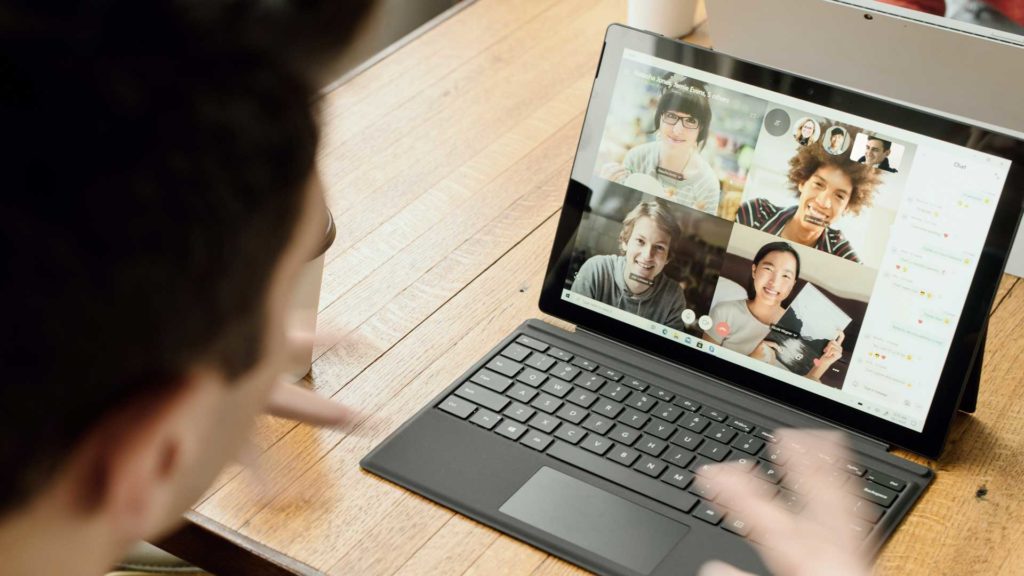The event business has been under a lot of stress recently. That’s for a good reason: the quarantine and the strike on all sorts of public gathering severely hampered the sector. However, “with everything bad comes something good.”
With the widespread adoption of remote work, we’ve witnessed the emergence of new phrases with which we’re more or less familiar. Webinars, video conferences, virtual events have become buzzwords.
But sometimes, we use these terms interchangeably. Unfortunately, we often forget the differences between the best webinar platform and a video conferencing platform! I‘ve prepared this blog post to clarify the differences for your better understanding.
What’s A Webinar?
Webinars, as the name implies (a combination of the words “web” and “seminar”), are live events that take place online. Webinars are mainly used for lectures and presentation style programs.
A webinar may incorporate screen sharing, and also more than one presenter can present. The challenges of a webinar are to keep listeners focused on the main subject the whole time. Later in the event, this moderation may be utilized to encourage in-person conversations and well-organized Q&A sessions with participants.
Though there is an interactive feature on the best webinar platforms, webinar attendees generally have the option of being passive viewers. They do not need a microphone or video camera to attend and receive the required information.
Furthermore, though webinars are often presented as live events, they have the value that extends beyond their original purpose. These sessions may be recorded and later upload on social media or YouTube. Thus, it can be an additional source of revenue for businesses.
What’s A Video Conference?
Video conference is similar to webinars. They take place in real-time via the internet and include a large amount of material. However, there are not one-to-many information encounters like webinars. Instead, the sessions are more focused on community knowledge exchange. Sometimes, all of the audience can become speakers!
Participating in a video conference may need one or two more things than webinars. First, as you may need to share your two cents, you’ll need a video camera and mic capability gadget (a computer with a webcam or a smartphone).
Wait, have I confused you more? It may seem like the same thing (and it is). However, these two terms are used differently in the corporate world. Let’s know when to use which.
When Should I Use What?
Let me explain this in straightforward language.
Do you want to organize a training course or a workshop on “The future of the event business after pandemic”? But, you don’t know your audience and don’t have a personal connection with them? Then, you should definitely organize a webinar.
In a nutshell, a webinar is beneficial for:
- Presentations (one-to-many)
- Learning through the internet
- Meetings in which you just need to exchange information and are not looking for a partnership
 Because web conferences are often large-scale online events, you may expect anywhere from tens to hundreds, if not thousands, of people to participate.
Because web conferences are often large-scale online events, you may expect anywhere from tens to hundreds, if not thousands, of people to participate.
Now, do you need to show your team the last month’s sales results? Or do you want to set up an interview with a prospective future hire? Finally, do you have all of the email addresses for the people you’d like to invite? That’s when you arrange a video conference.
Overall, video conferencing is a fantastic option if you want to:
- Have genuine discussions with your coworkers.
- Come up with ideas together.
- Collaborate with your coworkers to get feedback.
Take the time to understand your goals and the outcomes you want to accomplish before deciding the format to utilize your project. You will undoubtedly be able to pick the choice that best fits you based on this!

